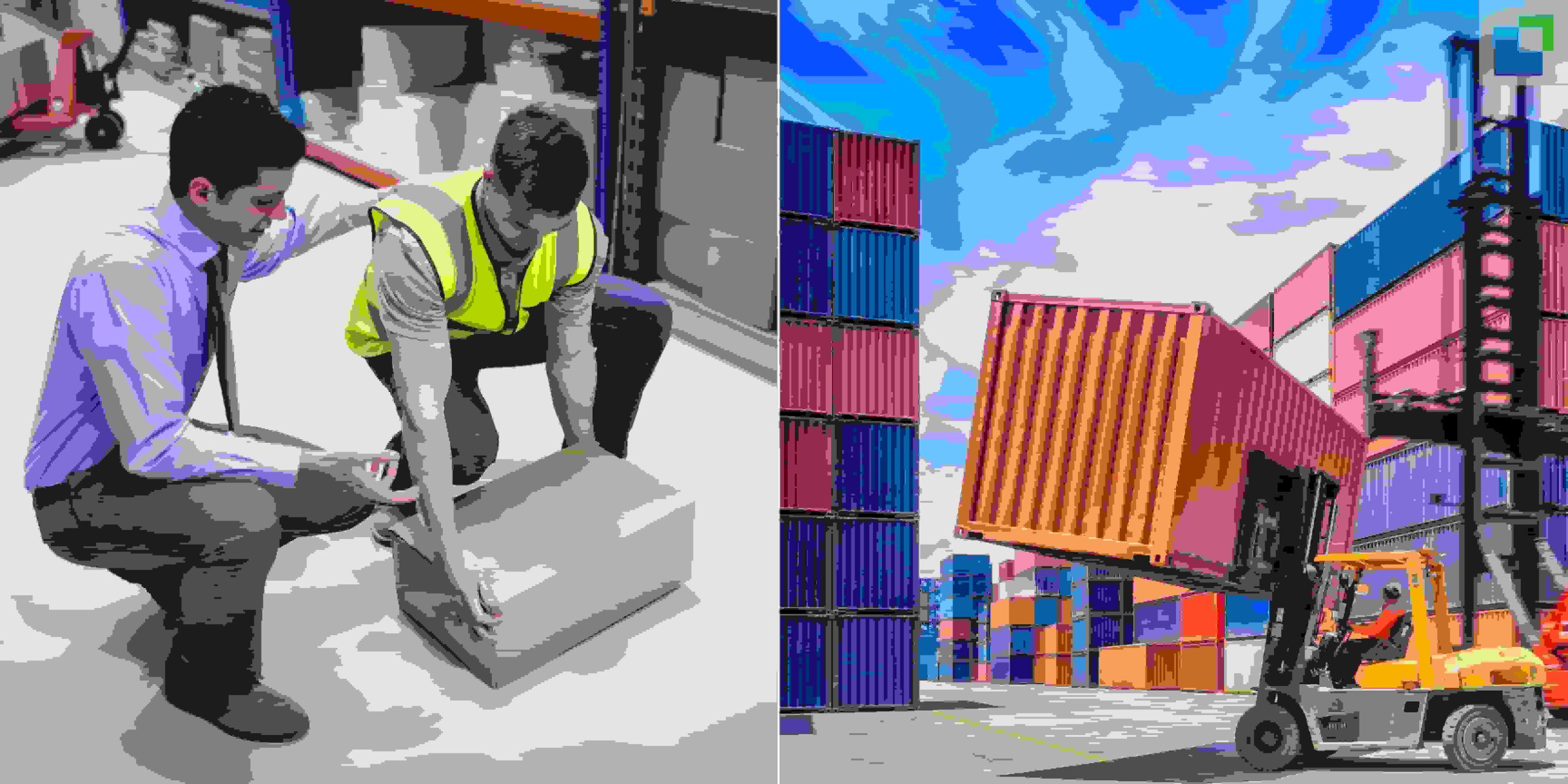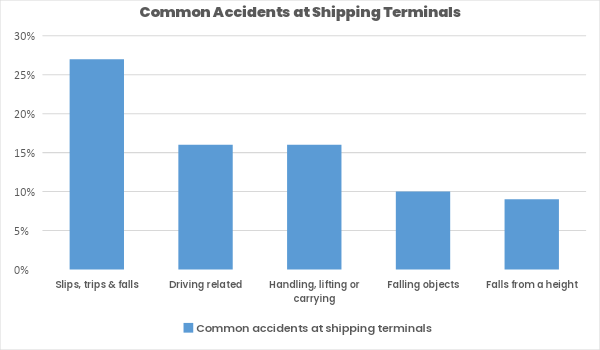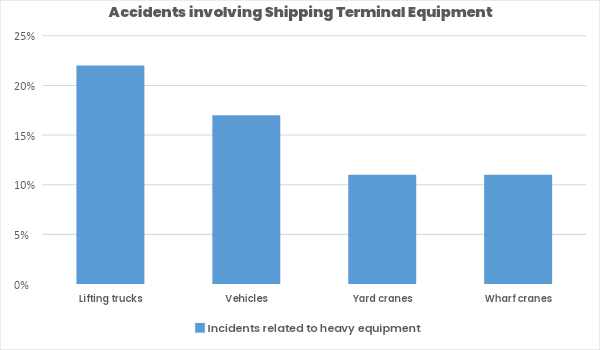Alarming rise in cases of workplace casualties at shipping terminals
The International Labour Organization (ILO) reports that globally, every 15 seconds, 153 workers meet with an accident at the workplace.
Container terminals and ports in particular can turn out to be the epicentre of such accidents. They are very congested areas filled with laborers, machines, and containers. Besides being crowded in nature, a terminal must also function with efficiency. Inevitably accidents and injuries are expected to occur in such a complex working environment.
Although the development and implementation of work safety measures have gradually brought down the number of serious incidents, shipping terminals are still far from being a risk-free workspace. Based on statistics, the most common safety incidents at shipping terminals can be classified as:
- Trips, slips and falls
- Driving related incidents
- Handling and lifting incidents
- Falling objects
- Falls from a height
The graph above shows an average of how often these incidents have occurred at a conventional shipping terminal.
In addition to these incidents, shipping terminal accidents can occur in connection to heavy machinery and equipment. Shipping terminals are full of such equipment and can pose a high safety risk to the personnel working in their vicinity if appropriate safety measures are not followed.
Impact of safety incidents on the organization
The highest impact of safety incidents in any work environment is low work morale. This holds true for shipping terminals, as low employee morale can reduce the speed and efficiency of operations, not only impacting the overall performance of the organization but also influencing global trade volumes.
A good example of this is the container terminal explosion in Tianjin, China in August 2015. A series of explosions took place in a chemical warehouse resulting in a chain reaction of explosions that engulfed the complete port of Tianjin in flames. These explosions caused millions of dollars of property damage, resulted in the death of more than 144 people and injured more than 700. The image below shows a detailed view of the damages caused by this incident.
Detailed damage report of the 2015 Tianjin Port explosion
As seen from the numbers above, safety has a huge impact on the operations of any logistics company. This is the reason why top management of such companies works towards bringing about a culture of safety in their organizations.






